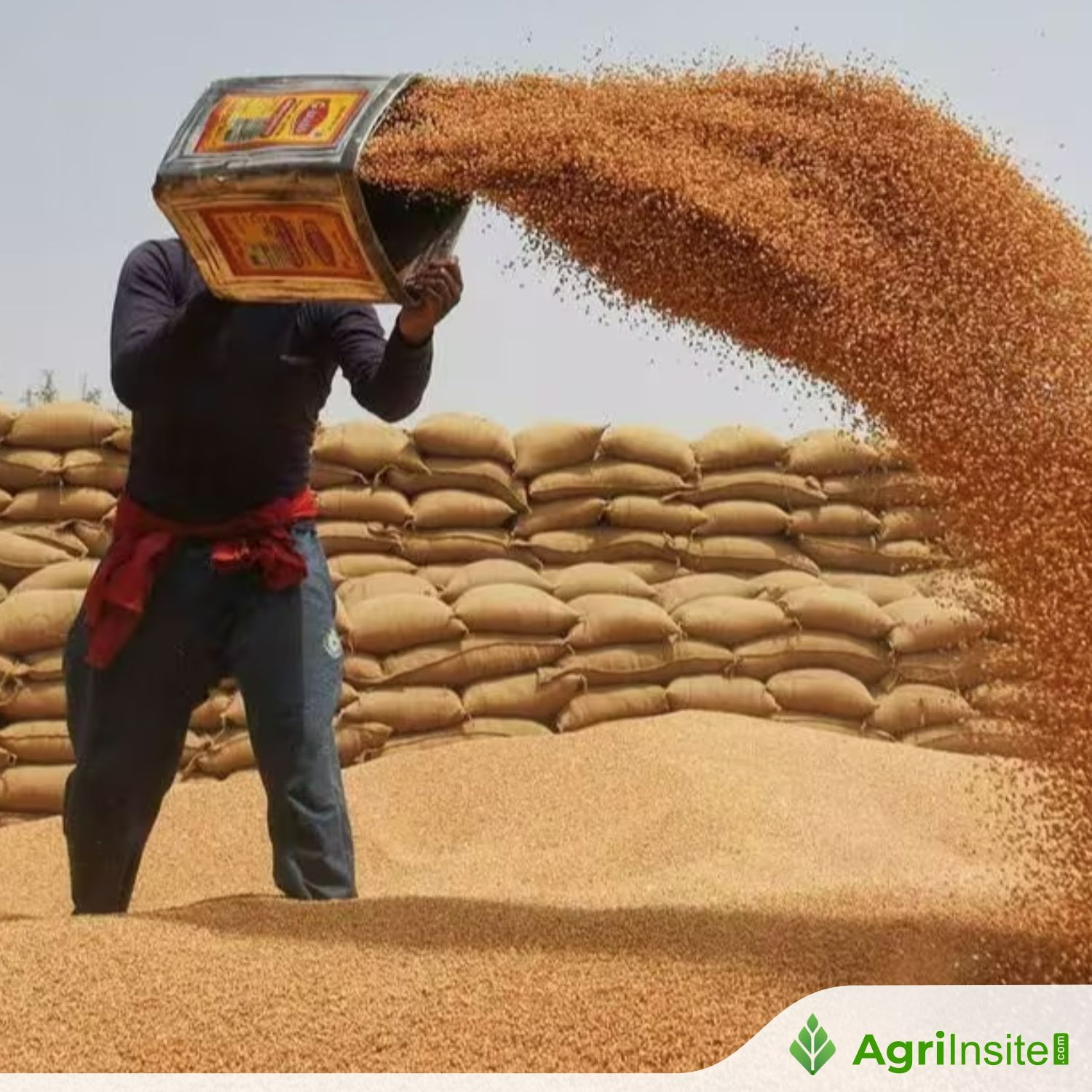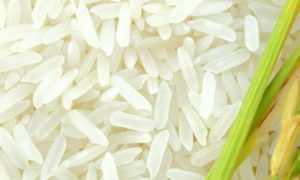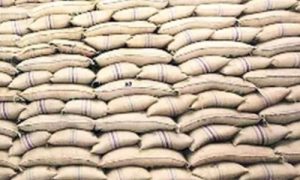Uttar Pradesh on top in wheat output but lags in procurement under MSP

Uttar Pradesh procured only 10.27 lakh MT of wheat—far below its 60 lakh MT target—despite being India’s top producer. Poor incentives, better private rates, and local consumption led to low farmer participation. In contrast, Punjab, MP, and Haryana achieved higher procurement through efficient policies and bonus payments to farmers.
Despite being India’s top wheat producer, Uttar Pradesh has once again fallen behind Punjab, Madhya Pradesh, Haryana and even Rajasthan in procuring this food grain under the Minimum Support Price (MSP) system this season, according to the government data.
The state managed to procure just 10.27 lakh metric tonnes (MT) of wheat — less than one-fifth of its 60 lakh MT target — highlighting serious gaps in its procurement strategy and farmer engagement.
According to the Central Food Grains Procurement Portal under the department of food and public distribution, U.P. bought wheat from only 1.43 lakh farmers, disbursing ₹2,509 crore as MSP. This amounts to a farmer participation rate of just 31%, despite having over 4.6 lakh farmers registered on its procurement portal.
In comparison, Punjab converted over 94% of its 7.71 lakh registered farmers into actual participants, procuring a record 119.19 lakh MT of wheat and releasing ₹27,779 crore in MSP payments.
Madhya Pradesh followed with 77.71 lakh MT from 9 lakh farmers (of over 15.35 lakh registered), and Haryana with 72.34 lakh MT from 4.44 lakh of its 7.8 lakh registered farmers. Rajasthan, too, fared better than U.P, achieving a 70% participation rate and procuring 21.28 lakh MT of wheat from 1.72 lakh farmers.
Nationwide, 38.9 lakh farmers registered for wheat procurement this season, with around 23.96 lakh — nearly 62% — successfully selling their produce through government channels. The total procurement across 11 wheat procuring states reached 301.15 lakh MT, generating MSP payments of over ₹72,069 crore to 23.61 lakh farmers.
Experts attribute U.P’s underwhelming performance to several factors, including poor incentives compared to private traders, who offer competitive rates and faster payments. As a result, farmers in U.P. continue to bypass government channels despite being part of the procurement system on paper.
U.P, according to former director, agriculture (statistics) Rajesh Gupta, produces around 32% of India’s wheat every year but the states of Punjab, MP, Haryana and Rajasthan together procure around 80% of the country’s total wheat.
“In U.P, 40% of the total wheat produced is believed to be market surplus while the remaining 60% is used by farmers for their own consumption,” he said.
“One reason for low procurement in UP may be less lucrative procurement policy vis-a-vis other states. Moreover, UP is also the most populous state requiring more wheat for consumption,” he said.
The numbers underscore a persistent structural gap in U.P’s ability to convert its vast farming base into meaningful MSP-backed procurement outcomes.
Uttar Pradesh’s wheat production this year has been put at 414.39 lakh MT. The wheat production and procurement numbers underscore a persistent structural gap in the state’s ability to convert its vast base into meaningful MSP-based wheat procurement outcomes.
Uttar Pradesh principal secretary, food and civil supplies, Ranvir Prasad attributed low wheat procurement in the state to a better price having been offered by private players to farmers, and this he said as it benefited farmers.
“Moreover, states like MP and Rajasthan offered bonus over the MPS while Punjab has a different procurement policy under which the government purchases wheat from farmers through aratiyas (private grain merchants),” he said.
“Also, a big chunk of wheat produced in UP is locally consumed by the food processing industry also,” he added. He claimed the government did its best to encourage farmers to sell their wheat at the MSP and this resulted in one lakh MT of wheat purchase than the last year.
To Read more about Wheat News continue reading Agriinsite.com
Source : Hindustan Times
















